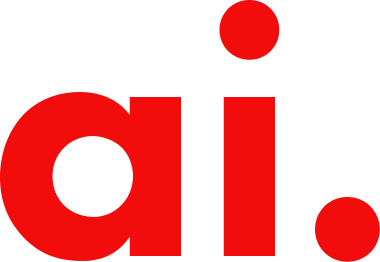un/quiet is a group exhibition exploring fire not only as a physical force but as an emotional metaphor—something capable of igniting change, consuming systems, and forging new identities. In the works presented, flames manifest in many forms: the controlled gestures of a body as a site of expression and dissent, the burning torments of mythic punishment, the volatile power of suppressed histories, and the smouldering of individual agency. un/quiet invites the audience to consider what it means to rehearse fire, to speak through flames, to burn without smoke.
In an ongoing body of works, Jay Ho’s paintings depict luminous forms: streaks, flares, pulses, and the soft glow of festival lanterns rising gently into the night—each suspended in a moment of stillness. In other works, projectiles leave behind plumes of smoke: sharp and surging evoking urgency, protest, or rupture. Whether ascending in ritual or launched into the void, the bright forms inhabit a field of darkness, charged with motion and energy. These works oscillate between anticipation and aftermath—between the meditative and the threat of explosion. They delve into the cosmic and the human, collapsing boundaries between creation and destruction.
Eschewing traditional painting on canvas, KV Duong’s practice involves working with latex. It is poured onto wooden board or concrete floor, then dried, painted, stretched and resin-fibreglass coated on the reverse. In these works, the choice of medium references Vietnam’s colonial past where he was born, and specifically its rubber industry under French rule where latex production became integral with nation building and empire. In Untitled (Fragment) No. 1 and Untitled (Fragment) No. 2, Duong inaugurates a new process: firstly, shattering the latex-resin-fibreglass surface with a hammer then repairing it with a secondary layer. These reconstructed works reveal fragments of a Vietnamese children’s picture book collaged within the latex surface in one painting; in the other painting, negative space and cracked, vein-like structures suggest rupture and renewal.
Oliver McConnie explores the subversive potential of printmaking—a medium historically aligned with satire and dissent. Blind leading the Blind is a spit bite etching whereby acid is painted onto the metal plate. The result is a soft, tonal composition born of violent reaction. Phantom-like figures drift between playfulness and unease, their partial visibility hinting at lost or erased identities.
Htein Lin has spent much of his adult life transforming states of captivity into acts of creative resistance. During his near seven-year imprisonment (1998–2004) as a political dissident in Myanmar, he painted on found textiles using salvaged materials—cigarette lighters, fishing nets, and even his own fingers. Each cloth became canvas and testimony. Fiery Hell (Barn Burning) (2025) is a site-specific work painted on cotton canvas which continues this lineage. The Burmese proverb: “to burn down the barn because the rats are out of control" mirrors the idea of punitive overreach echoed in American nineteenth-century political and literary history. This figurative painting exemplifies the artist’s distinctive monoprint technique with line and coiled patterns. Deeply autobiographical, the scene bears witness to the suffering and displacement caused by the ongoing civil war in Myanmar which began in 2021. Villagers flee under the threat of airstrikes, a small dog at their heels bark “run”—a haunting symbol of instinctive fear and urgent escape. Overhead, a helicopter hovers ominously with its rotors erupting into speech bubbles that scream “dek dek”—a jagged onomatopoeic echo of violence from above. Simultaneously absurdist yet tragic and defiant, Fiery Hell resists the erasure of history. Since completing this work in an emotionally taxing series, Htein Lin has paused for breath and turned back toward abstraction and meditation, guided by his daily Vipassana practice and a deep engagement with Buddhist philosophy.
Moe Satt is a visual artist who utilises his own body as medium in both performance and conceptual art. Pinky – Monday (2025) is a performance documented as a new video work. It centres the pinky finger, often associated with vulnerability and childhood, dipped in ink - a sign of recent voter participation in Myanmar as a symbol of quiet resistance. Face and finger gesture combinations culminate in gunshots. In Pinky Say Something (2024), bullet casings are juxtaposed with wax casts of pinky fingers in red. These casings are positioned on a hot plate evoking the feeling of imminent threat and points to the erosion of civil rights. Although rooted in concerns with his homeland, the work also speaks to the wider insurgence of conflicts and violence in many other parts of the world as Satt rethinks his identity as a diasporic artist. These works, though seemingly silent, carry the weight of protest, grief, and endurance. The smallest gestures can ignite the loudest fire.

